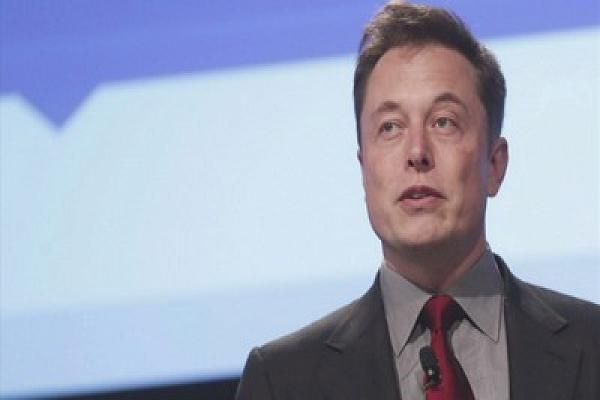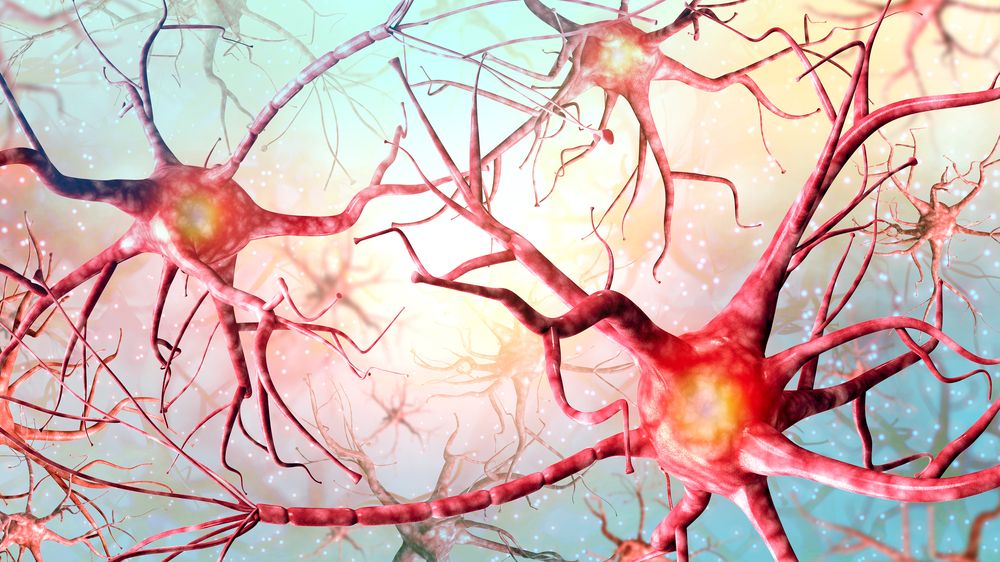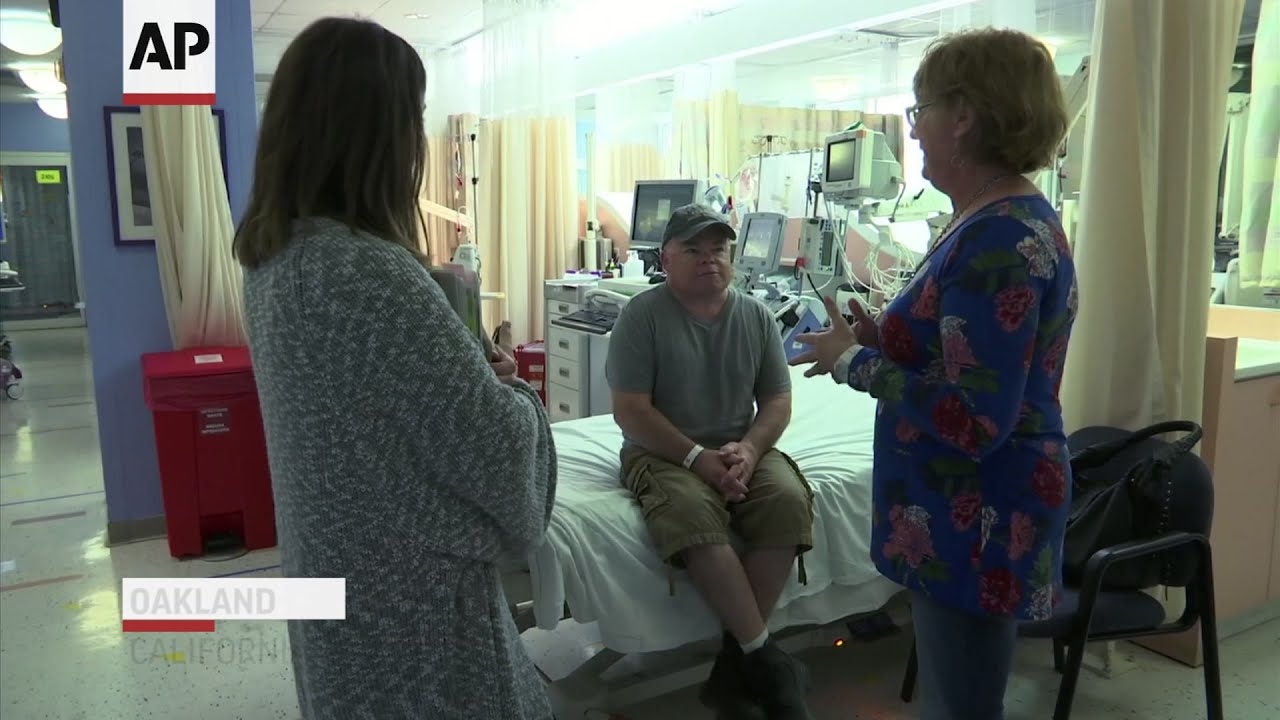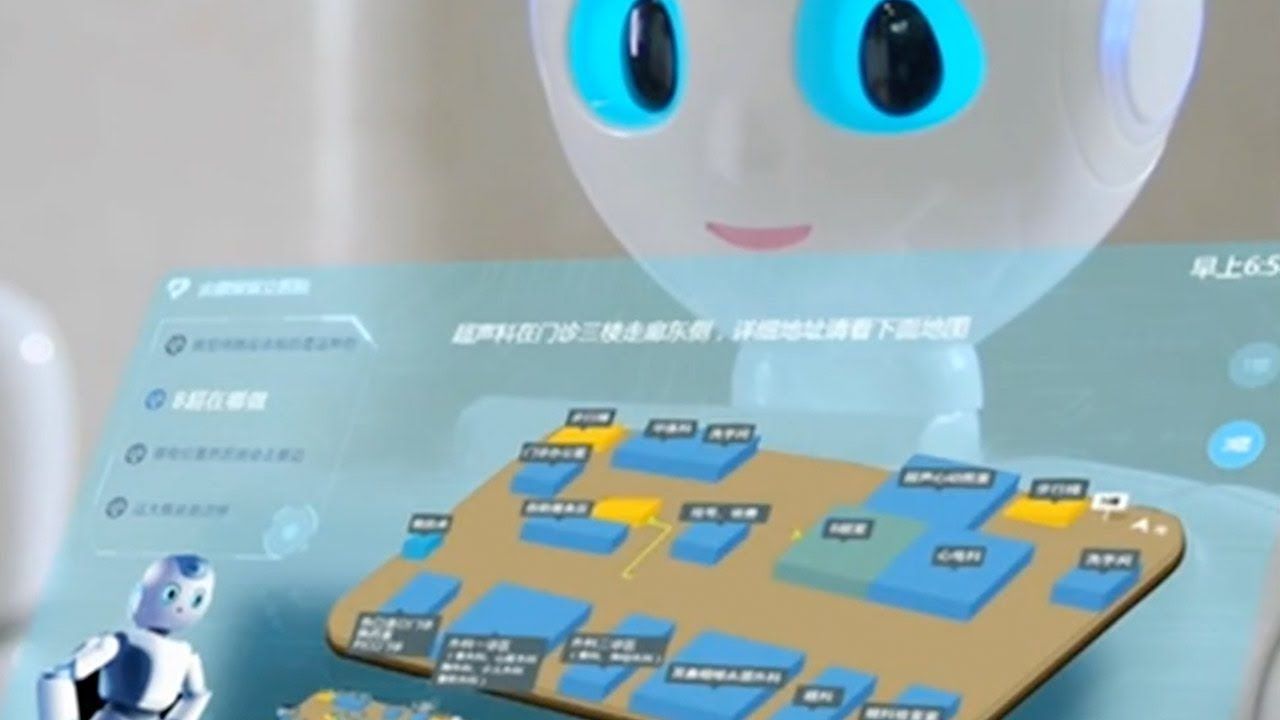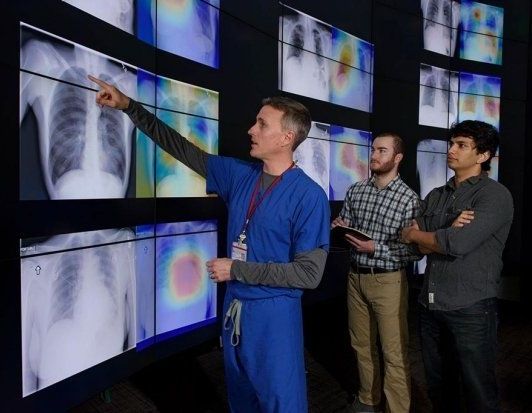At a private party on Thursday, Elon Musk spoke boldly about Tesla’s upcoming custom artificial intelligence hardware.
Scientists at the École polytechnique fédérale de Lausanne (EPFL) have found a way to make mitochondria more resistant to damage, which could potentially be used to halt Alzheimer’s and other, similar, diseases.
Globally, Alzheimer’s disease is the most common form of dementia and cause of neurodegeneration. It causes brain damage and symptoms such as long-term memory loss. It is an amyloid-based disease, with the characteristic hallmark being the formation of toxic plaques in the brain made from the aggregated beta-amyloid inside the neurons.
But the F-35 program, usually not one to shy away from boasting about their achievements, has been hushed about the prospect of defeating one of the gravest threats to the US.
“I can tell you that the F-35 is a multi-mission fighter,” Commander Patrick Evans of the Office of the Secretary of Defense told Business Insider when asked about the program. “It would be inappropriate to speculate on future capabilities or missions of the weapon system.”
Rep. Duncan Hunter, a member of the House Armed Services Committee, was more open to speculating about why the Pentagon hadn’t gone through with missile intercepting planes.
In a bold first-of-its-kind experiment, scientists have edited a person’s genes directly inside living tissue in an ambitious bid to cure a man of a rare, crippling genetic disorder.
While CRISPR has broken ground in things like editing human embryos and injecting patients with genetically edited cells, this alternative technique pioneers a new real-time approach to infusing a person’s blood with a gene-editing virus.
“For the first time, a patient has received a therapy intended to precisely edit the DNA of cells directly inside the body,” says CEO of Sangamo Therapeutics, Sandy Macrae, whose company is testing the experimental procedure.
Thirty-seven years after Dr. Amar Bose hit on the idea of beefing up a loudspeaker’s electromagnetic driver to be an adaptive car suspension, Bose is selling off the technology to ClearMotion, another Boston-area tech company founded by MIT graduates. Bose got as far as developing prototype cars that were exhibited in 2004, though it did bring to market an offshoot, electromagnetically suspended seats for long-haul truck drivers.
Chinese AI-powered robot Xiaoyi took the country’s medical licensing examinations and passed, according to local reports. Xiaoyi is just one example of how much China is keen on using AI to make a number of industries more efficient.
Experts generally agree that, before we might consider artificial intelligence (AI) to be truly intelligent —that is, on a level on par with human cognition— AI agents have to pass a number of tests. And while this is still a work in progress, AIs have been busy passing other kinds of tests.
Researchers at the University of California Los Angeles have figured out a way to generate strikingly detailed 3D reconstructing of platinum nanoparticles at the very atomic scale. These are being used to study minute structural anomalies called dislocations. You can read the research paper here. Watch the video below for more.[no-sidebar].
Stanford researchers have developed an algorithm that offers diagnoses based off chest X-ray images. It can diagnose up to 14 types of medical conditions and is able to diagnose pneumonia better than expert radiologists working alone.
A paper about the algorithm, called CheXNet, was published Nov. 14 on the open-access, scientific preprint website arXiv.
“Interpreting X-ray images to diagnose pathologies like pneumonia is very challenging, and we know that there’s a lot of variability in the diagnoses radiologists arrive at,” said Pranav Rajpurkar, a graduate student in the Machine Learning Group at Stanford and co-lead author of the paper. “We became interested in developing machine learning algorithms that could learn from hundreds of thousands of chest X-ray diagnoses and make accurate diagnoses.”
